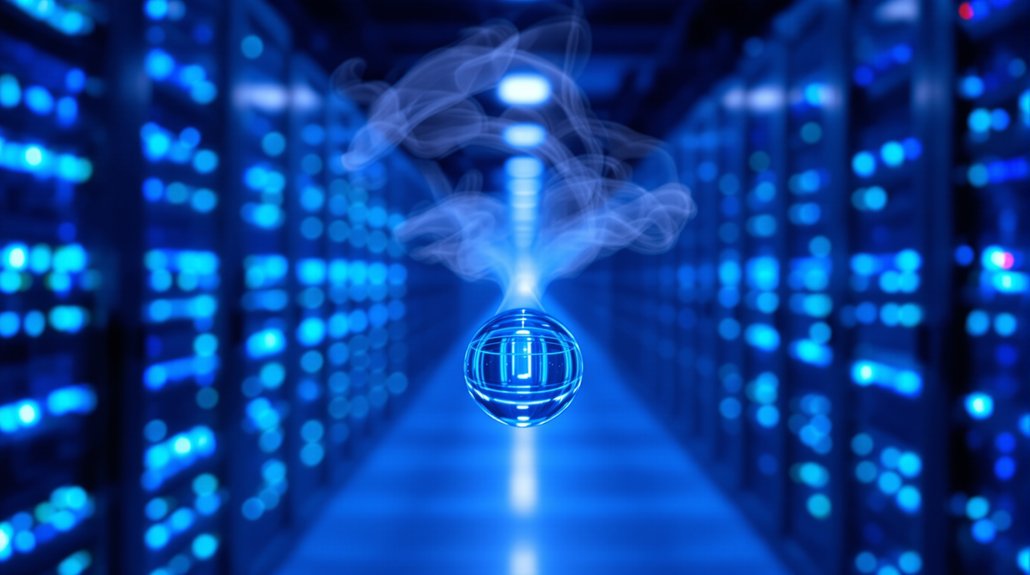Tech giants’ water usage is skyrocketing, with Google consuming 5 billion gallons in 2022 and Microsoft increasing usage by 34%. In The Dalles, Oregon, Google used one-third of the city’s water supply. Data centers often compete with local communities for resources, especially in drought-prone regions. A single large data center can use as much water daily as 4,200 people. The growing tension between tech needs and community access raises serious sustainability questions.
As the digital economy booms, tech giants are consuming water at an alarming rate. Google’s data centers used about 5 billion gallons of fresh water in 2022, which is 20% more than in 2021. Microsoft’s water use grew even faster, jumping 34% during the same period. Companies like TSMC and Samsung aren’t far behind, using 114 and 173 million cubic meters in 2023.
The impact on local communities is becoming more visible. In The Dalles, Oregon, a Google data center used about one-third of the city’s water supply in 2021. That’s 355 million gallons in just one year. People living in areas with little rainfall are worried about running out of water. About 20% of U.S. data centers get their water from already stressed watersheds, making local water shortages worse. This water scarcity issue disproportionately affects marginalized communities, mirroring the pattern seen with air pollution exposure.
Data centers need all this water to keep their equipment cool. Large centers use about 300,000 gallons of water every day, while smaller ones use around 18,000 gallons. Google’s biggest facilities consume about 550,000 gallons daily just for cooling systems. A single session with an AI like GPT-3 can consume approximately half a liter of fresh water. Recent statistics show that GAMAM companies are the leading tech entities contributing to water withdrawal worldwide in 2023.
The growing demand for AI services is making the problem worse. As more people use cloud services, more water is needed to keep the machines running. This creates competition with farms and homes for limited water resources, especially in dry areas.
Some protests have started in places like Chile and Uruguay, where new data centers plan to use drinking water reservoirs. In the U.S., a large data center uses as much water as 4,200 people do each day.
Tech companies are trying to address these concerns. Amazon and Google have promised to reuse water and reduce waste. They’re investing in water conservation and exploring cooling methods that use less water.
However, while these companies share information about their water use, there aren’t strong rules to limit how much they can take.








